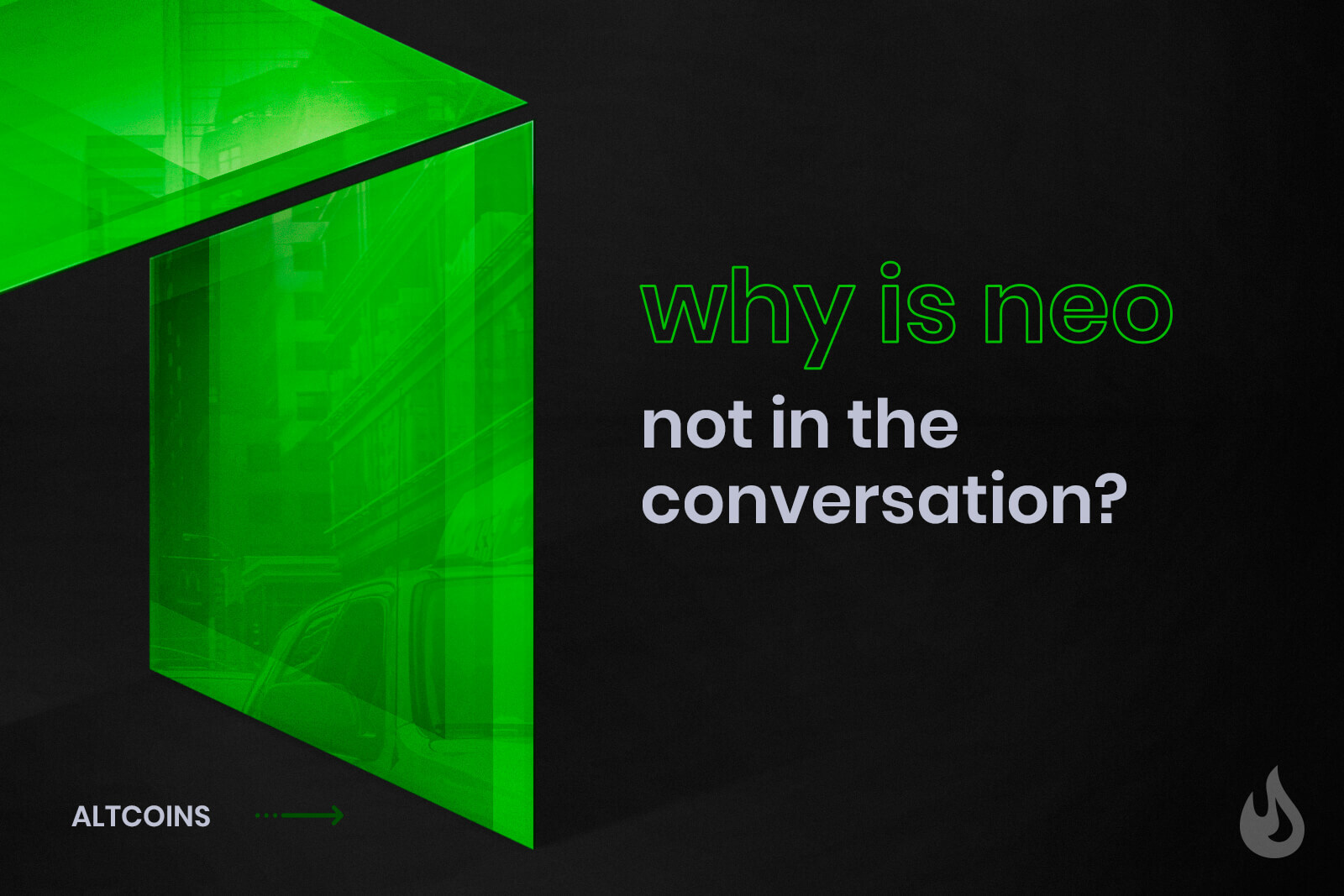
The rise of Ethereum in 2017 and interest in smart contract platforms generated extra incentives for blockchain projects to create better performing networks on top of the existing market offering. In 2017, Antshares, a Chinese blockchain, rebranded itself into NEO and poised itself as a direct competitor to Ethereum.
Known as the “Chinese Ethereum,” the market sentiment towards NEO was extremely positive, with experts claiming NEO could move above $900 in 2019. Similar in many ways to Ethereum blockchain, NEO possessed a few characteristics that set it apart from Ethereum, causing investors and followers to buy in to their promise. The price of NEO reached an all-time high of $161 in January of 2018. However, it failed to remain a major contender as external factors influenced the price.
The Story of the Chinese Ethereum
Anthshares was launched in 2014 by Erik Zhang and Da HongFei as an open-source blockchain focused on smart contract implementation for transactions and DAPPS. The company rebranded into NEO in 2017, adding more complexity to its blockchain, and raised 6119 BTC during their ICO, which positioned them in the top 20 coins with a total market cap of $5 billion.
Sponsored
Unlike Ethereum, which requires knowledge of Solidity, NEO uses commonly known languages such as Javascript or C++, making it easier to implement as a blockchain solution.
With a hard cap of 100 million tokens generated in Genesis, NEO operates differently than Ethereum, centering towards a modified Proof-of-Stake protocol through a delegated Byzantine Fault Tolerant (bDFT) consensus mechanism. Validators in the network participate by staking their assets, locking them in their wallet, and are rewarded in neoGAS for their support.
NEO’s digital identities aimed to create the smart economy’s first stepping stones where users can exchange digital assets through smart contracts. The digitization of real-world assets creates a new ecosystem where the use of blockchain is essential. However, with the emergence of NFT’s operating similarly to blockchain’s recorded digital assets, NEO has failed to be the first to make their vision a reality.
Sponsored
Favored by the Chinese government as the first Chinese blockchain project, their innovation into digital identities could have been first implemented in China. The clampdown in China on exchanges and ICO’s didn’t affect the operations of the NEO foundation. As the CEO highlighted, the regulatory body in China contacted him for suggestions on the upcoming ban. Nonetheless, it had a significant impact on how Chinese blockchain projects would grow after the interdiction.
NEO has expanded its operation in China; however, its growth towards global adoption has stagnated. The company is part of Microsoft’s .NET foundation and has implemented its blockchain solution for Alibaba to increase logistics efficiency. NEO has expanded its offering into Onchain, creating private blockchains for corporate and private entities. Through Distributed Network Architectures (DNA), the Onchain has released smart contracts with governmental bodies in China, thus making blockchain adoption possible, despite the recent ban.
On the Flipside
- NEO failed to grow its market cap because of the Chinese ban on ICO’s and exchanges, thus omitting a large portion of investments
- There is little on-chain activity on the NEO blockchain.
A 2018 audit on the NEO NEP-5 smart contracts found vulnerabilities in their code. - The population is not yet ready to understand and adopt NEO’s vision of the smart economy as it requires an increase in mass adoption.
In 2019, NEO announced the development of Neo 3.0, creating new opportunities for commercial enterprises. The network development and improvement on stability and architecture will be ideal for large-scale applications and diversify in multiple-use case scenarios.
The upcoming release of NEO 3.0 indicates the company identified its vulnerabilities and is actively working on improving them. As stated by Erik Zhang, co-founder of NEO, they are not so much interested in a “game of capital” where ranking and market cap decide the value of a project, but in the active involvement of developing a highly secure and sturdy platform.
In the past year, NEO has actively increased its exposure as more work takes place on the platform, creating new partnerships such as the use of NEO through UnionPay using DigiFinex debit cards. NEO joined InterWork Alliance to help increase adoption among large corporations, working with Microsoft or SDK. Their goal is not to become a leading Top 10 coin by market cap but the most popular among developers. If Neo N3 provides the necessary stability and efficiency in adoption, we will see a new resurgence of NEO as a leading player in the current Crypto landscape.
